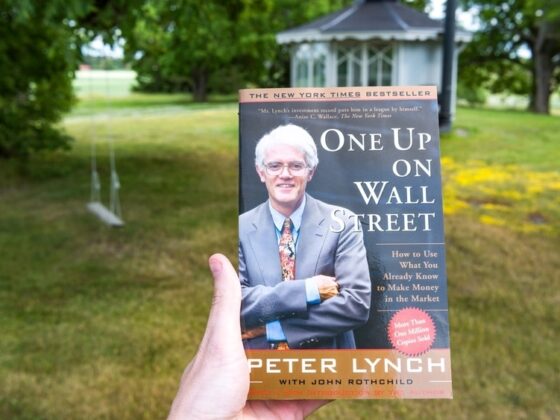-
Rigetti is part of the high-flying quantum computing space.
-
Rigetti's board of directors approved a reverse stock split last year, but never actually conducted one.
-
The stock has rocketed as investors have gotten more interested in the potentially groundbreaking sector.
While not necessarily a big deal, stock splits can elicit strong interest from market watchers because they often indicate that something else is amiss. Rigetti Computing (NASDAQ: RGTI) has become one of the big winners over the last year, thanks to investors' interest in the high-flying quantum computing space. Many believe quantum computing has the potential to revolutionize society similar to the way artificial intelligence does. While it's difficult to predict exactly when a company will conduct some kind of stock split, Rigetti has been a volatile name this year. Is the company on stock-split watch?
Before we can examine whether Rigetti could be on stock-split watch, let's first look at what stock splits and reverse stock splits are. Stock splits allow companies to artificially change their share price and shares outstanding without changing their market cap. The important thing for investors to understand is that a stock split does not change an investor's equity position. Traditional stock splits bring the share price down and the outstanding shares up, while reverse stock splits do the opposite.
Let's look at an example of a traditional stock split. Say a company is trading at $75 per share and an investor owns 10 shares for a total equity position of $750 right before that company conducts a 3-for-1 stock split. The company would essentially give investors three shares of every one share they own. So instead of having 10 shares, the investor would now have 30 shares. The share price would fall to $25 because the equity position stays the same ($750/30).
So why would a company do a stock split? Well, perhaps a stock just went on a big run and now the company wants to lower the price to make it more attainable for retail investors. Or perhaps management wants to grow the share count to make the stock more liquid.
A reverse stock split can be helpful if a company on the New York Stock Exchange (NYSE) or Nasdaq falls out of compliance. Both of these exchanges require that stocks trade for at least $1 per share for at least 30 days. So, if a company is struggling but thinks they can fix their issues and wants to stay on the largest exchanges, a reverse stock split can be a good tool to bridge the gap.













